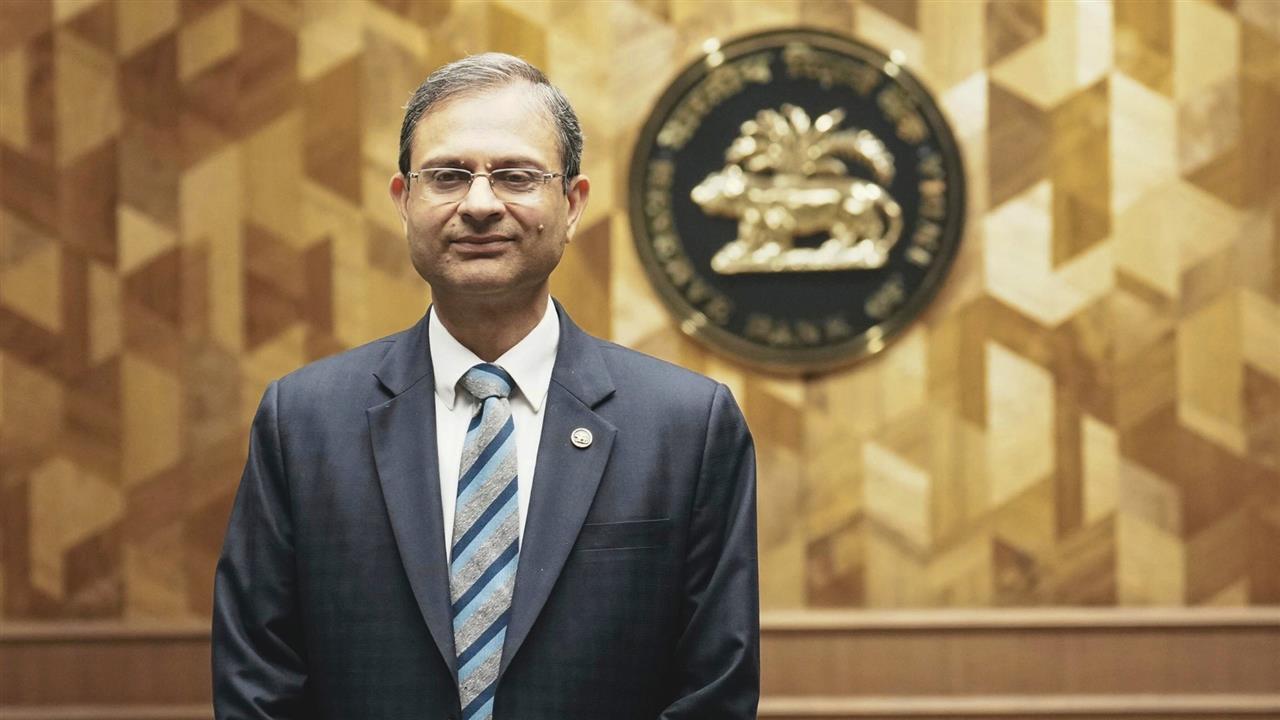The impact of the global uncertainties emanating from the tariff war have already been factored in in the revised growth forecast, and it would be very difficult to predict the likely impact now, Reserve Bank of India (RBI) Governor Sanjay Malhotra said at the post Monetary Policy Committee (MPC) meeting press conference on Wednesday.
When asked by The Hindu for his comment on U.S. President Donald Trump’s remark that India’s is a dead economy, he said India is doing better than the U.S. “I am not the right person to react to the President. But yes, you are all aware that we have a very robust growth rate of 6.5%. And in fact, as per IMF, it is 6.4% and 3% growth rate of the world if you look at,” Mr. Malhotra said.
“We are contributing about 18% which is more than the U.S., whose contribution would be much lesser, I think 11% or some. So, we are doing very well and we will continue for further improvement,” he added.
He said the RBI would maintain a close vigil on the incoming data and take appropriate measures as per need. “On the growth, we have already reduced our forecast which was earlier at 6.7% to 6.5%. Some of the global uncertainties have already been factored in. However, there are still lot of uncertainties. It is very difficult to predict as to what the impact would be going forward,” he said.
“We will maintain a close vigil on the incoming data and take a call. As of now we do not have sufficient data to revise our GDP forecast,” he added.
He said amid the uncertainties, the RBI had already reduced repo rate by 100 basis points and the policy transmission was happening. On whether external factors like the tariff war would have any impact on inflation, the RBI Governor answered in the negative.
“We are less dependant on outside so far inflation is concerned. We do not see any major impact unless we have retaliatory tariff,” he pointed out.
Since the U.S. is forcing India to stop buying crude oil from Russia and in the likely event of India stopping it, there would be no impact on inflation despite crude oil is having significant bearing on it, he said.
On whether India should be worried about the tariffs and external pressure, he said India has sufficient forex reserves to meet 11 months of merchandise imports and “we are confident of meeting any external shocks.” He clarified that UPI users will not have to pay for the transaction to banks as reported in some sections as the government is subsidising the cost of transaction to promote digital payments in the country.

